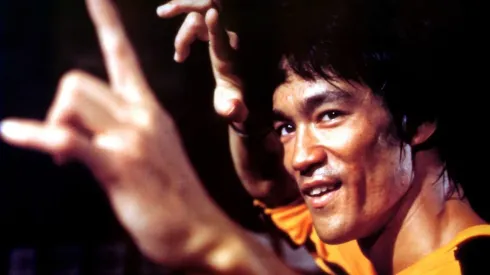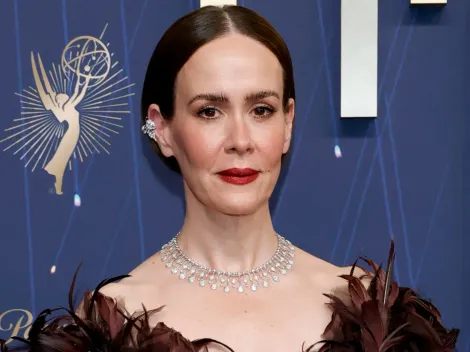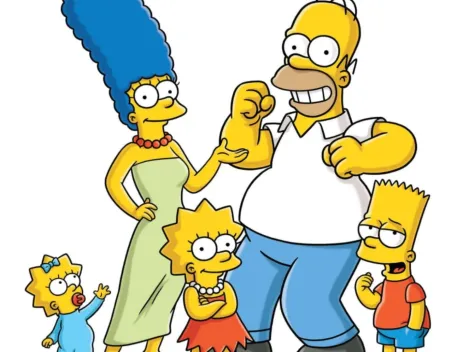Today marks what would have been the 95th birthday of Bruce Lee, a man who transcended the boundaries of film and martial arts to become a singular, global icon. Though his life was tragically cut short, the legend of the Little Dragon endures, cemented by his groundbreaking work as an actor, director, and philosopher.
To celebrate the enduring legacy of the man who introduced Jeet Kune Do to the world and changed Hollywood forever, we look back at the ten legacy-defining performances that enshrined Bruce Lee as a cinematic and cultural immortal.
Enter the Dragon (1973)

Source: IMDb
This remains Bruce Lee’s most definitive film and his only major completed American-produced feature. As an undercover agent infiltrating a martial arts tournament on a mysterious island, the performance synthesized his speed, philosophy, and charismatic screen presence for a global audience. Released posthumously, the film was a massive international success that permanently cemented Lee as an unrivaled cinematic and cultural icon.
Fist of Fury (1972)

Source: IMDb
Lee’s intense, emotional portrayal of Chen Zhen—an avenging student who defends the honor of his people against foreign aggressors—resonated deeply with audiences. The film is a landmark in martial arts cinema for its visceral action and strong nationalist themes. Lee’s performance is marked by a powerful combination of vulnerability and explosive, unmatched fury, making it one of his most beloved and often-imitated roles.
The Way of the Dragon (1972)

Source: IMDb
This performance is critical because Lee served not only as the star but also as the writer and director, giving him total creative control over the action and story. The film culminates in his iconic, philosophical showdown with Chuck Norris in the Roman Colosseum, a fight that showcases Lee’s mastery of choreography and his ability to infuse action with dramatic weight. It remains a testament to his creative vision outside of the Hollywood or studio system.
The Big Boss (1971)

Source: IMDb
This was Bruce Lee’s breakout hit in Hong Kong cinema after returning from the US, marking the true beginning of his superstar career. His character, Cheng Chao-an, is a peaceful man forced to break his vow of non-violence to fight corruption and defend his family. The film shattered box office records across Asia, establishing his unique, realistic, and brutally efficient fighting style that instantly set him apart from previous martial arts stars.
Game of Death (1978)

Source: IMDb
Though tragically incomplete at the time of his death, the footage Lee shot for his original vision is indispensable to his legacy. This performance is most famous for the final sequences where he wears the iconic yellow tracksuit, symbolizing his journey through different martial arts styles represented by the opponents in the pagoda. This concept visually represented the philosophical progression of Jeet Kune Do and became an enduring symbol of Bruce Lee himself.
The Green Hornet (TV Series, 1966–1967)

Source: IMDb
As Kato, the masked crime-fighting sidekick, Bruce Lee introduced authentic, lightning-fast Chinese martial arts to a wide American television audience. While the show focused on the Hornet, it was Lee’s magnetic screen presence and groundbreaking action sequences that stole the spotlight. His work here laid the foundational groundwork for the massive kung fu craze that would hit the West a few years later.
Longstreet (TV Series, 1971)

Source: IMDb
Lee’s recurring guest role as martial arts instructor Li Tsung was crucial for showcasing his philosophical side to American audiences. Instead of merely demonstrating combat, Li Tsung used martial arts to teach the title character about self-awareness, adaptation, and finding inner strength. These scenes were a platform for Lee to articulate the core principles of Jeet Kune Do, making this performance important for his legacy as a thinker.
Marlowe (1969)

Source: IMDb
In this film noir, Lee delivered an unforgettable, albeit brief, cameo as a volatile martial arts specialist hired to intimidate the detective. His scene is legendary for the speed, precision, and sheer violence of his movements as he destroys a private investigator’s office. It was a potent, shocking display of martial arts for Hollywood standards at the time and strongly hinted at the power he was capable of unleashing on screen.
An Orphan’s Tragedy (1955)

Source: IMDb
This dramatic performance is a highlight of Lee’s early career when he was a celebrated child actor in Hong Kong cinema. Playing the lead role, he demonstrated significant emotional depth and dramatic talent, earning critical praise. This work is essential to his legacy as it shows his respected status as a serious actor long before his martial arts fame, providing context for his full range of abilities.
The Kid (1950)

Source: IMDb
One of the earliest surviving feature film roles of Lee’s childhood career, he played an orphaned street urchin alongside a major star of the era. Credited as Lee Siu Lung (Little Dragon), this performance marks the true beginning of his lifelong commitment to acting. It stands as a foundational piece of his legacy, showing his natural charisma and screen magnetism from a very young age.





